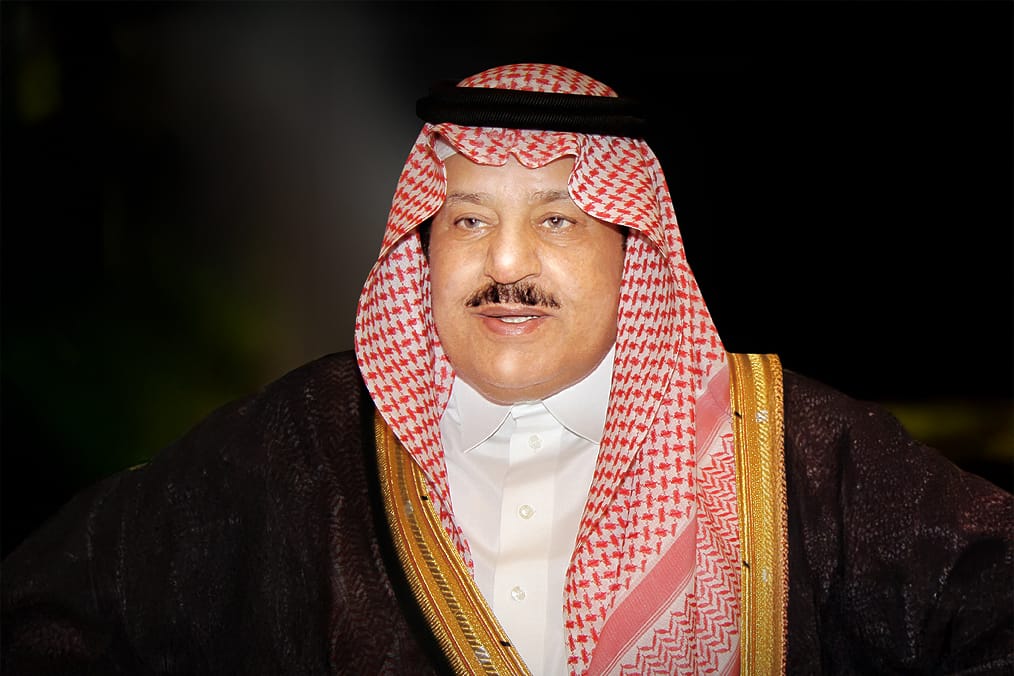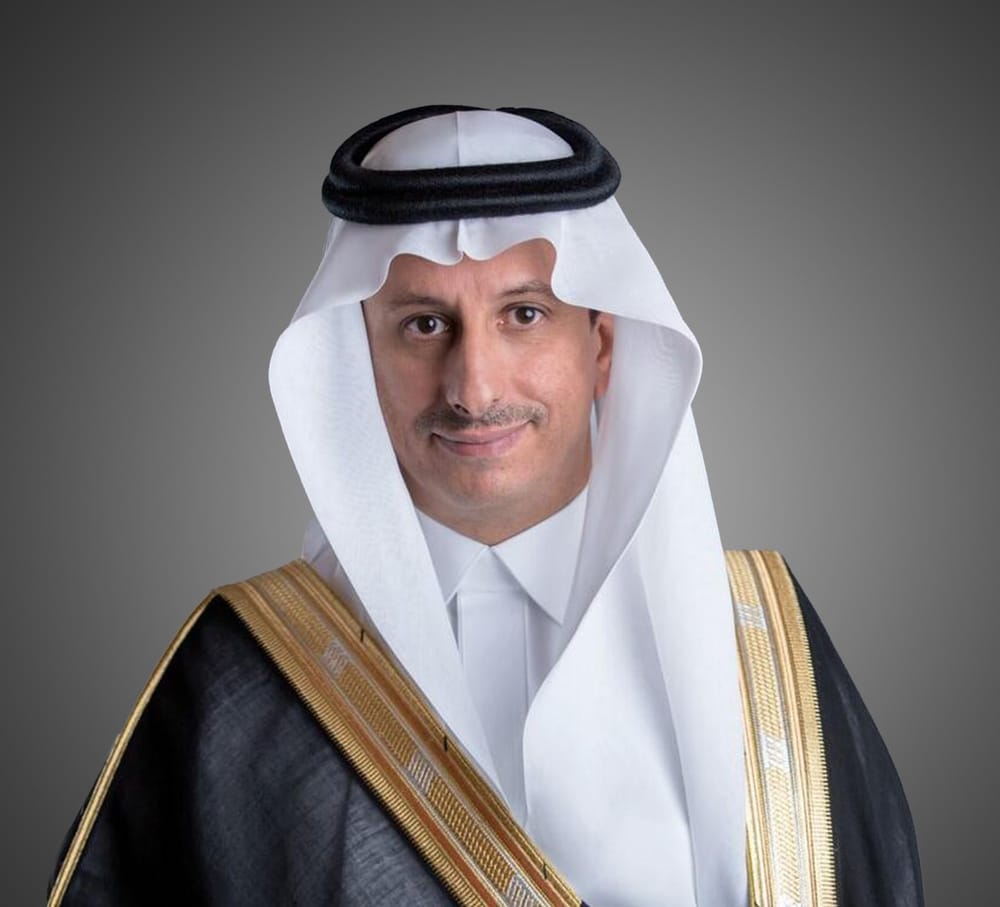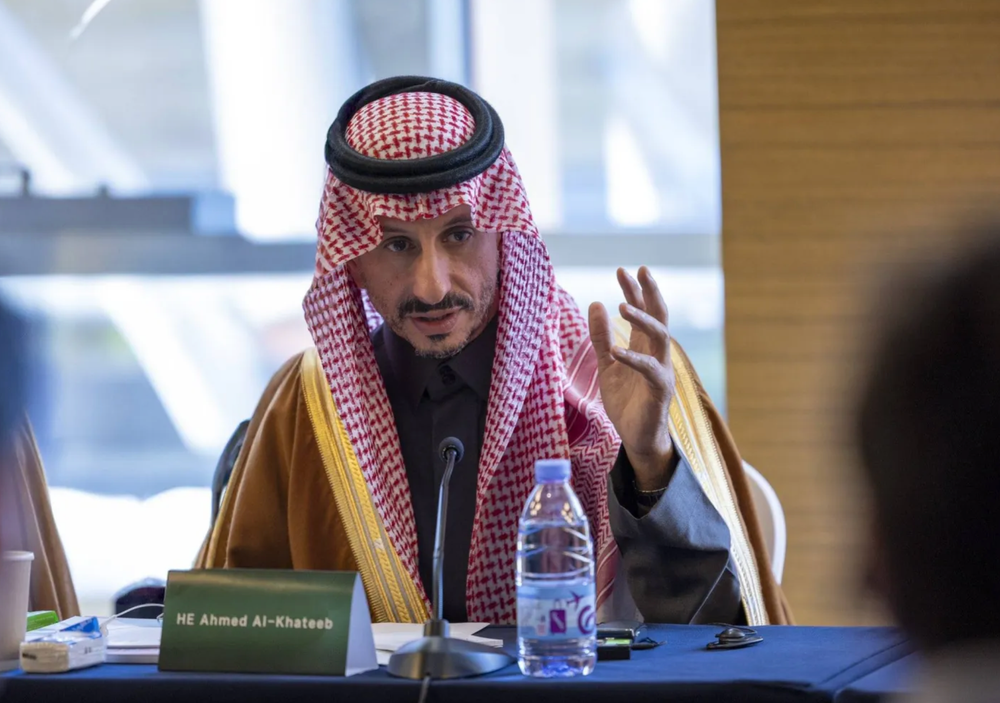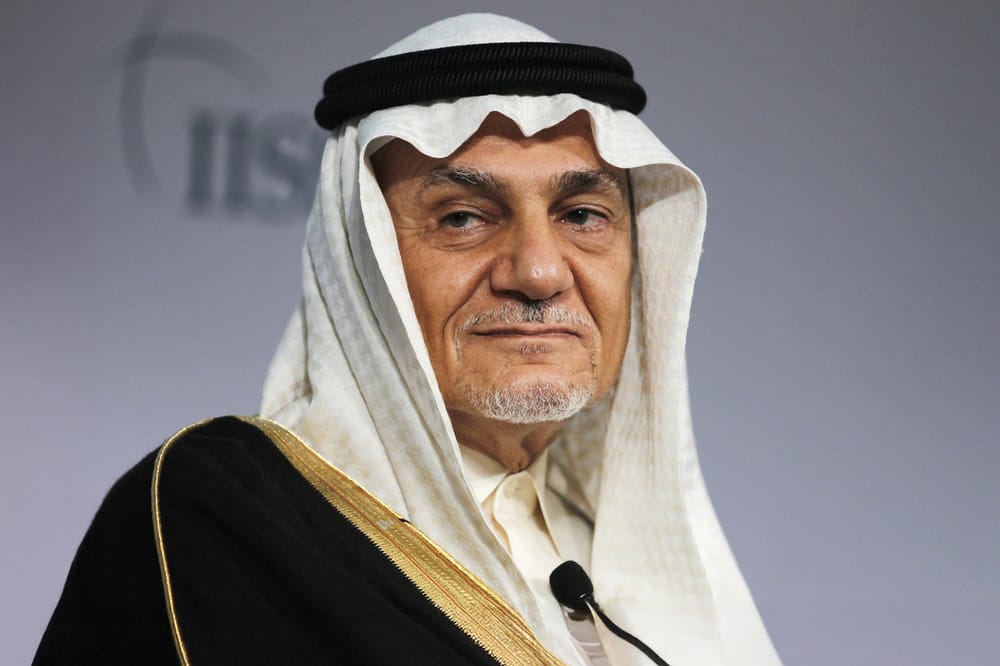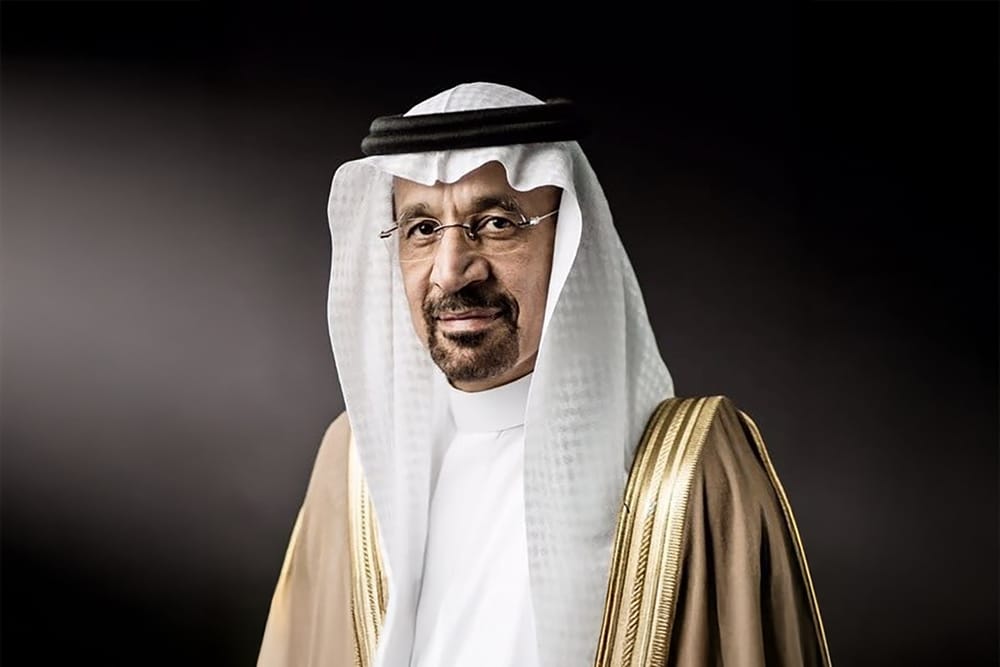Prince Nayef bin Abdulaziz Al Saud (1934–2012) served as Minister of Interior for an extraordinary 37 years, from 1975 to 2012—making him the longest-serving Interior Minister in Saudi history and one of the most influential architects of the Kingdom’s modern governance.
During a time of rapid national transformation and global change, Prince Nayef shaped the internal security system that remains a cornerstone of Saudi Arabia’s stability today. His tenure encompassed some of the most complex security challenges the Kingdom faced, and under his leadership, the Ministry of Interior evolved into one of the most advanced and integrated security institutions in the Middle East.
This article explores Prince Nayef’s strategic achievements, leadership style, and the enduring legacy of his contribution to Saudi Arabia’s national resilience.
The Context of a Transforming Nation
In the 1970s, Saudi Arabia was entering an era of accelerated modernization—economic growth, population expansion, urban development, and evolving geopolitical dynamics.
The role of the Interior Ministry was critical to safeguarding this progress. When Prince Nayef was appointed Minister of Interior in 1975, he recognized that the Kingdom’s security institutions needed modernization, professionalization, and national integration to meet new realities.
He approached this mission with a clear vision: security and stability must be proactive, technologically advanced, and deeply rooted in the nation’s identity and values.
Building a Cohesive National Security System
1. Unified and Professionalized Police Forces
One of Prince Nayef’s first priorities was to unify fragmented local and regional police forces into a cohesive, centrally coordinated national system.
Under his leadership:
- StandardisedDefence training programs were developed across all regions.
- Recruitment standards were raised to attract and retain top talent.
- Inter-agency communication was enhanced to ensure swift, coordinated responses to emerging issues.
2. Advanced Border Security
Recognisingmodernisation the strategic importance of Saudi Arabia’s extensive borders, Prince Nayef led a comprehensive modernization of border protection:
- Deployment of advanced surveillance technologies.
- Strengthening of border patrol forces and operational procedures.
- Integration of intelligence-sharing mechanisms to address transnational threats.
3. Expanded Civil Defence Capabilities
Prince Nayef significantly expanded the role of the General Directorate of Civil Defence to address a broader range of national needs:
- Emergency preparedness for natural disasters.
- Industrial safety and hazardous material response.
- Management of large-scale events, particularly the annual Hajj and Umrah, where millions of pilgrims converge on the Kingdom.
4. Counter-Terrorism Leadership
Prince Nayef positioned Saudi Arabia as a leader in regional counter-terrorism efforts:
- Establishment of elite counter-terrorism units.
- Development of specialized intelligence capabilities.
- Proactive collaboration with international partners, while maintaining the Kingdom’s sovereignty.
His leadership was particularly instrumental in shaping the Kingdom’s response in the aftermath of the global post-9/11 security landscape. Saudi Arabia became a model for effective domestic counter-terrorism while preserving its cultural and religious values.
5. Early Investment in Cybersecurity
Anticipating the growing role of digital infrastructure in national security, Prince Nayef initiated efforts to develop the Ministry’s cybersecurity capabilities—a forward-looking move that positioned the Kingdom to face emerging cyber threats in an increasingly connected world.
Leadership During Key Historical Moments
Prince Nayef’s leadership was tested during pivotal events that shaped both the Kingdom’s internal security posture and its role on the global stage:
- Grand Mosque Seizure (1979): In the aftermath of this unprecedented event, Prince Nayef led reforms in national crisis management and response protocols.
- Gulf War (1990–1991): He ensured domestic stability and protected critical national infrastructure while the region faced significant external conflict.
- Post-9/11 Era: Under his guidance, the Ministry implemented advanced counter-terrorism measures, effectively confronting extremist threats while aligning with global efforts.
Leadership Philosophy: Stability as a Foundation for Progress
Prince Nayef’s leadership philosophy was rooted in a core belief: national progress is only possible when built upon a foundation of security and public confidence.
Key principles of his leadership included:
- Investment in human capital: Continuous training and professional development of Ministry personnel were top priorities.
- Integration of technology: Embracing advanced technologies to enhance operational effectiveness.
- Community engagement: Promoting public education on civic responsibility and fostering trust between citizens and security institutions.
- Balanced governance: Upholding law and order while respecting the Kingdom’s cultural and religious identity.
A Lasting Legacy
When Prince Nayef passed away in 2012, he left behind an enduring legacy that continues to shape the Kingdom’s internal security and governance:
- A unified, professional, and technologically advanced Ministry of Interior.
- World-class counter-terrorism and border security capabilities.
- An integrated approach to civil defense and public safety.
- A culture of continuous improvement within the security sector.
The next generation of Saudi security leaders—many of whom were mentored and shaped by Prince Nayef’s policies—continues to build upon this strong foundation.
Leadership Lessons for the Future
Prince Nayef’s career offers valuable lessons for current and future leaders in public service and national security:
- Vision matters: Building future-ready institutions requires foresight and strategic planning.
- Human capital is paramount: The strength of any system lies in its people.
- Adaptability is essential: Security threats evolve; institutions must innovate continuously.
- Values guide progress: National identity and cultural values should remain at the heart of governance and security policy.
Prince Nayef bin Abdulaziz was not merely an administrator of internal affairs—he was the visionary architect of Saudi Arabia’s modern security system. His leadership ensured that the Kingdom could pursue its development goals with confidence, stability, and resilience.
As Saudi Arabia continues to advance under Vision 2030, the systems, structures, and values established by Prince Nayef remain central to the nation’s progress. His contributions exemplify the highest standards of public service and leadership, offering enduring lessons for generations to come.


